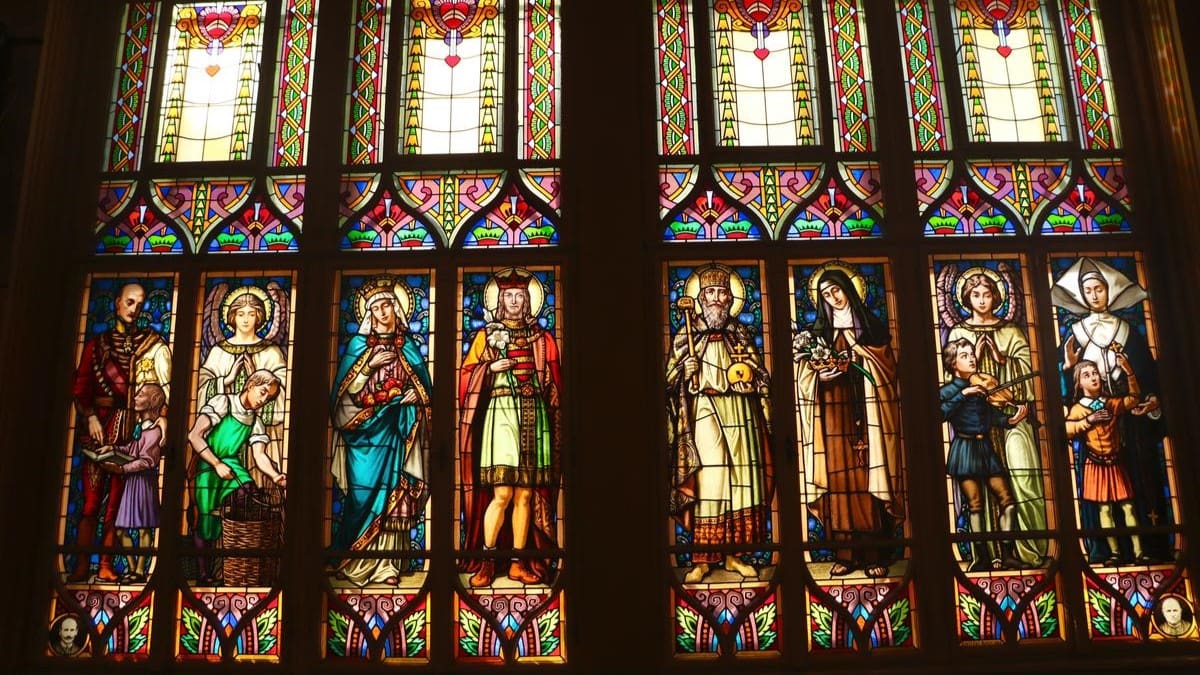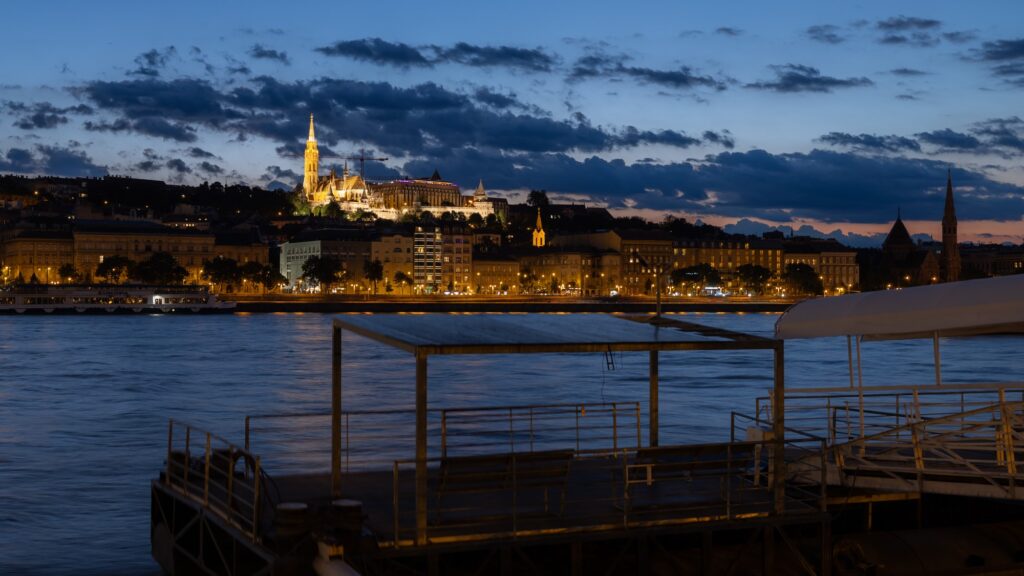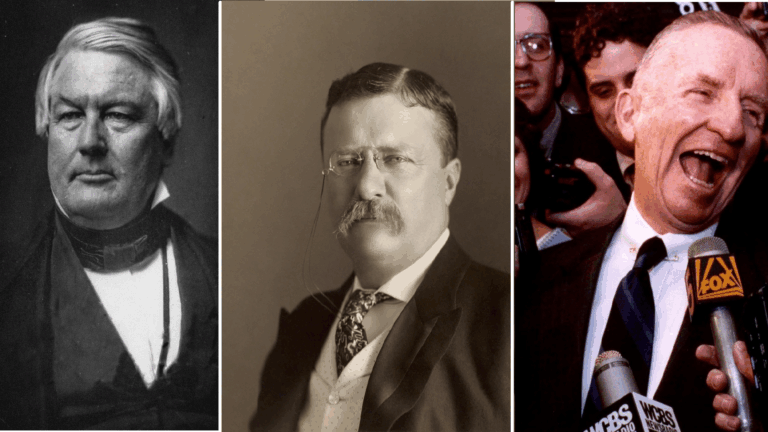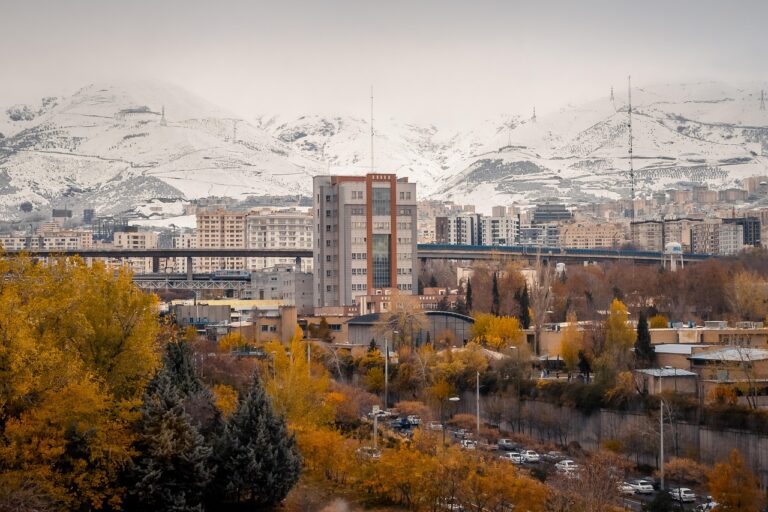The contrast between Imre Zsellér’s rich legacy and his recognition seems striking. His body of work is unquestionably one of the most significant and influential ones in the real of applied arts in Hungary, yet regrettably, the artist himself has been overlooked and forgotten.
Born in Budapest in 1878, he distinguished himself as one of the most talented students in the classes of his teacher, Miksa Róth, another iconic Hungarian mosaicist and stained glass artists. According to Ernő Tudós-Takács, more than 290 churches and public buildings all across Hungary and the Carpathian Basin bear witness to Imre Zsellér’s legacy, including but not limiting to the Kunsthalle (Hall of Art of Budapest/Műcsarnok), the National Institute for the Blind in Zugló, the Holy Family Church in Zugliget, as well as less known places such as the Saint George’s Cathedral in Újvidék (today Novi Sad, Serbia) and many others.
Specializing in the Art Nouveau style, Imre Zsellér embellished numerous buildings constructed in this fashion. When it comes to mosaics, arguably his most prominent work is the Mosaic of the Holy Family in the sanctuary of the Church of the Holy Family in Zugliget, which is the largest single-theme mosaic in Central Europe. In addition to the majestic mosaic, Imre Zsellér also contributed to the creation of the windows for the church.
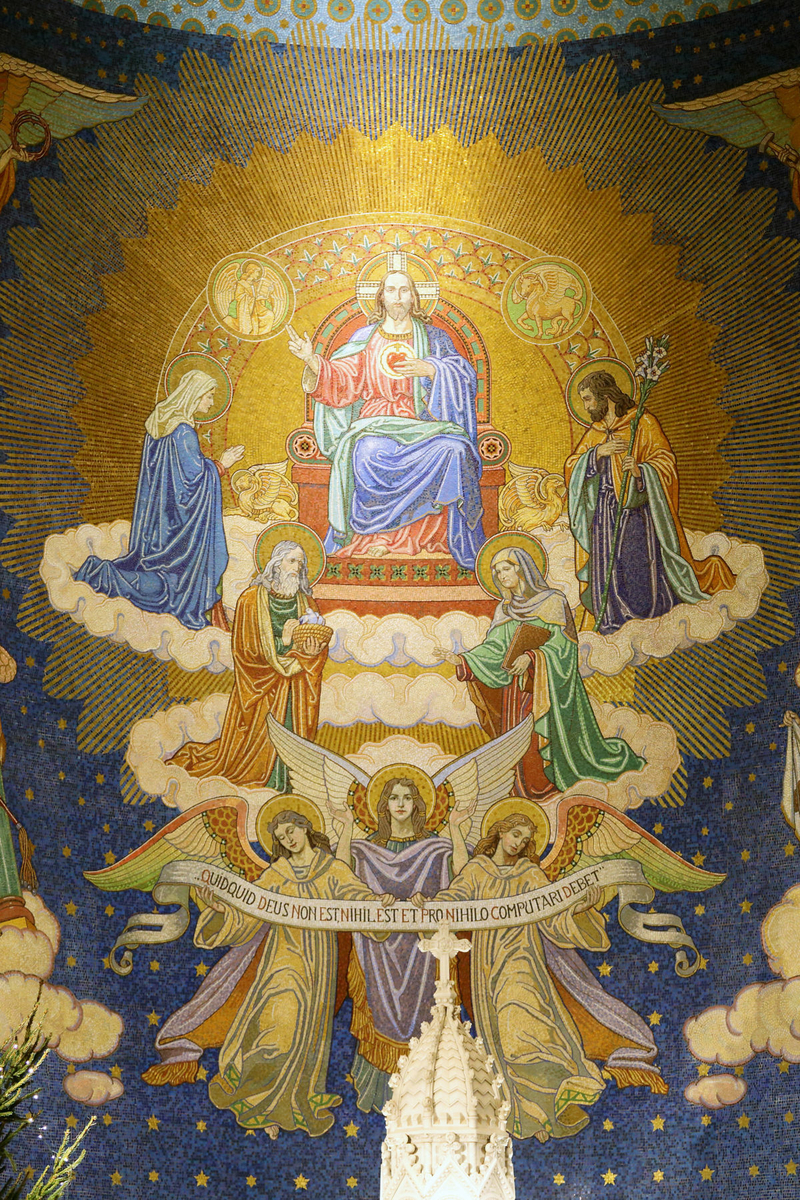
Else than decorating religious architecture, such as the Hermina Chapel in Zugló, the Church of the Holy Cross in Ferencváros, the Church of John of Nepomuk in Rákoscsaba, the Church of the Holy Spirit on Kassai tér, the Parish Church of Saint Vincent de Paul, and the Queen of the Rosary Church, Zsellér also worked on adorning the interiors of many public buildings. In fact, probably one of his most important art works is not found inside sacred buildings but within the walls of the School for the Blind, at Ajtósi Dürer sor 39 in Budapest. Known as one of the first schools in Europe to be specialized on educating blind children, it hosts the largest stained-glass ensemble in the entire country.
A representative exemplar of Hungarian Art Nouveau architecture, the building was completed in 1904. Initially, the building did not have stained-glass decorations, and it wasn’t until 26 years after its construction that the decision was made to beautify the structure with a stained glass composition. In 1930, at the invitation of Károly Herodek, the director of the institution, Imre Zsellér began his work on the interior design. The resulting composition depicts important personalities of the Christian and Hungarian past, while also saluting the importance of the job the institution was undertaking—the education of blind children.
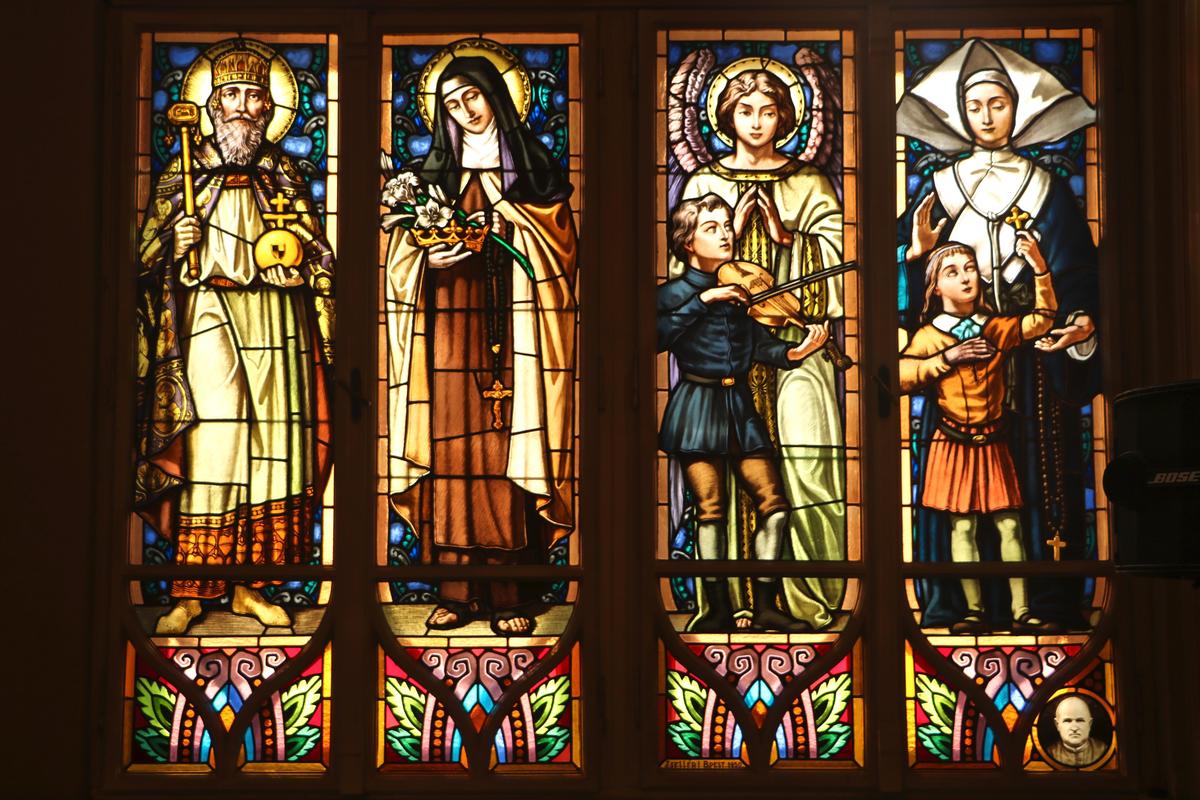
Else than in the capital city, Imre Zsellér also worked in other parts of present-day Hungary, in particular at the Archdiocese of Kalocsa–Kecskemét, where he contributed to windows for religious buildings. Probably unsurprisingly, given the reputation of this renowned artisan, Imre Zsellér’s influence stretched beyond the borders of present-day Hungary, and can be found in unexpected places, outside large metropolitan areas. In Novi Sad, Serbia, formerly the Hungarian town of Újvidék, there is an Orthodox Cathedral dedicated to Saint George (Serb. Саборни храм Светог великомученика Георгија). Built for the Orthodox Serbs of Austria–Hungary who fled Ottoman persecutions, it was designed in baroque style to stylistically match the rest of the Empire’s architecture. It was largely built from the donations of wealthy Serbian families, and as they were aware of the prominence Imre Zsellér held across the Empire, they decided to order the windows for the church from his workshop. The resulting stained glass has been preserved to this day, notwithstanding the historical turmoil the region had to go through.
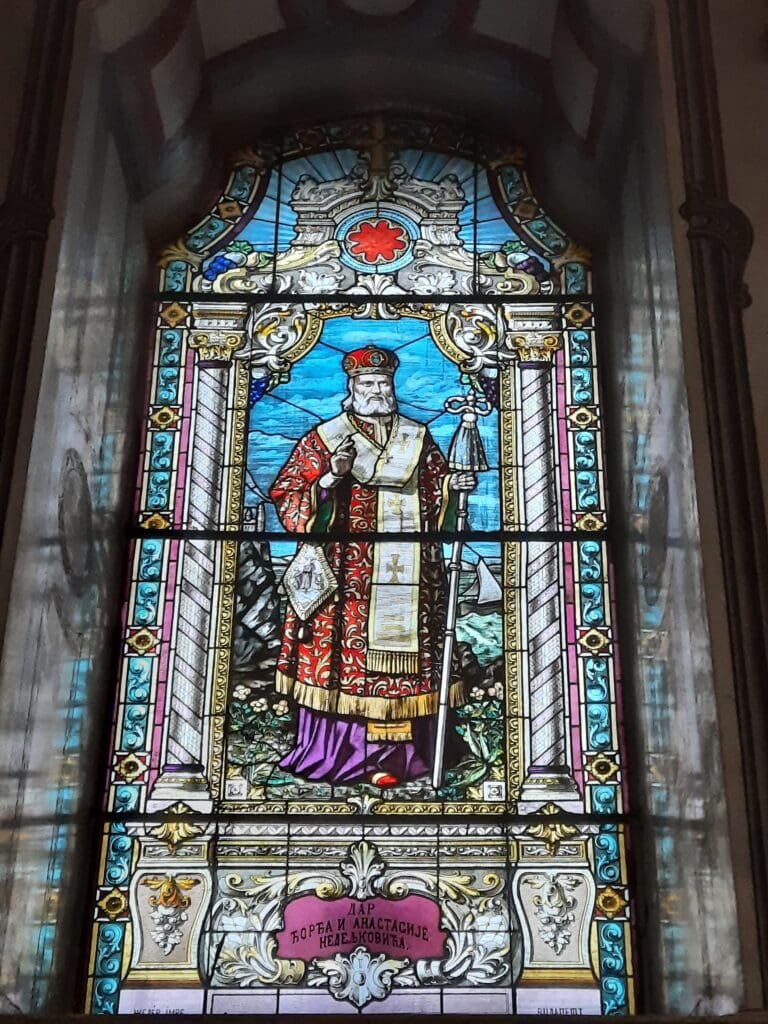
can be seen in the bottom left corner written in Cyrillic. PHOTO: Lili Naómi Zemplényi
Regrettably, little information is available regarding the personal life of Zsellér, aside from the fact that he passed away on 8 September 1959, in the town of Tata. Nevertheless, his legacy endures through the works he authored. Despite some of his mosaic and stained-glass windows being severely damaged, they can still be admired thanks to the meticulous work of Hungarian renovators throughout the country.

